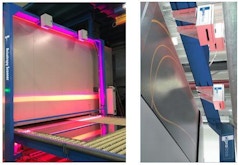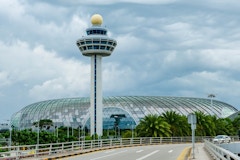The Vertical Campus Facade
Case study of the recently opened John A. Paulson Center for New York University in Manhattan reviews design solutions of façade depth and scale to
Case study of the recently opened John A. Paulson Center for New York University in Manhattan reviews design solutions of façade depth and scale to
Sealed indoor environments have created artificial, homogeneous ecosystems that sever ties between humans and the natural world. This paper
The iconic building principal incentive is to be visually attractive or stand out, for this purpose three main features must be accomplished: have a

The Science and Engineering Complex (SEC) on the Allston Campus is the largest new building at Harvard University in recent decades with a footprint
Climate change goals will require significant improvements in the way buildings are constructed and operated. Building reuse can combat climate


This workshop will focus on innovations in facade systems, particularly addressing materials, technologies, and innovative design methods.

The use of bidirectional scattering distribution function incorporated in a transient systems simulation program, allows engineers to accurately

The prominence of climatically responsive building facades through the use of kinetics has proliferated in recent years due to a concern for the



Architects and facade planners require that anisotropies or haze, optical phenomena disturbing the clear appearance of a glass, have to be avoided


This paper will address the potential of ornamental architectural terracotta surfaces to mitigate the effects of climate fluctuations that will


Computer simulations of an automated dynamic facade in a passively heated and cooled building by using predictive modeling of short-term future

This paper outlines the successful implementation of digital workflows between the design team composed of Architect, Structural Engineer and Project

